This week’s blog post comes in the midst of International Love Data Week ♥️! This year’s theme is ‘Whose Data Is It, Anyway?’. This theme asks questions about who owns data and who uses it, and the different groups who participate in both of these activities, whether researchers, practitioners or enthusiasts (or a combination of all three).
This theme made me think about the many ways in which archaeological data is created and shared and the role that the ADS has in assisting its user base. This blog post talks about why data creation and ownership is particularly important for archaeologists, how the ADS recognises the data creators who deposit their collections with us and how we facilitate that reuse for others. But first a bit of background about Love Data Week before I try to answer the question: “Whose archaeological data is it anyway?”
Love Data Week
Love Data Week is “an international celebration of data, taking place every year during the week of Valentine’s day”, organised by the Inter-university Consortium for Political and Social Research (ICPSR), part of the University of Michigan. The event encourages organisations, such as Universities, nonprofit organizations, government agencies and corporations and individuals to host and participate in data-related events and activities that are organised across the world. You can view the list of events held as part of Love Data Week on the project webpage, all of which are free to attend. The Love Data Week webinars will be recorded and available in the 2025 Love Data Week YouTube playlist in due course.

Archaeological Data
Archaeology has a special relationship with data and, more specifically, digital preservation. Our profession is necessarily destructive – in many instances we destroy archaeological remains as we investigate them. We can mitigate the extent to which archaeological remains are destroyed, by limiting our investigation or by protecting national and internationally important remains with a greater level of protection. None of these measures, however, stop the destruction of remains that are investigated archaeologically and as such we should be cognisant about protecting those records that we produce (also known as preservation by record) in the best ways that we can.
Over the last decade or two archaeological investigation has become more ‘borne digital’, by which I mean, recorded entirely in a digital format. Consequently, the digital preservation of these records becomes even more critical. Over the last 28 years the role of the ADS has grown significantly within UK archaeology. This growth corresponds with both the rapid increase in commercial archaeology projects and the widespread adoption of digital recording methods – from topographic and geophysical surveys to digital photography, UAV mapping, and tablet-based context recording.
Who’s Data? – Your Data!
A common misconception when depositing with us is that data creators transfer ownership of their data to our servers. This is in fact not entirely correct. The ADS do take on the responsibility of ensuring that your heritage data is preserved in perpetuity, however, the ownership of the data is retained by the creator. That means that although we take care of it, it’s still your data.
How do we do this? By asking all of our depositors to sign what we call a ‘deposit licence’. A deposit licence is a “an agreement that the ADS enters into with the Depositor of each archive collection.” This licence allows the ADS the permissions we need to allow us to preserve the data deposited with us for the long-term, and make it freely accessible in a variety of formats and media (more on that later).
All of this information can be examined in greater detail in the ADS Access and Reuse policy, which can be read on our website. For more practical tips when it comes to depositing with the ADS read the Deposit Agreement section in our ‘Instruction for Depositors’.

How does your data stay yours? – Licence Types
What type of licence you choose is important. The ADS strongly advocates for making data as widely reusable as possible. As such, we suggest the use of open, permissive, re-use licences, such as a Creative Commons licence or, in some instances, an Open Government Licence (or OGL).
I’ll talk more about the Creative Commons, or CC licences, as they are much more widely used (including by the ADS). While this licence type is becoming more and more common, there is still a level of confusion of what they mean and what they are for. Creative Commons licenses are a set of free, public copyright licenses that allow data creators to share their work while keeping some rights for themselves. These different licenses give data creators the flexibility to choose how others can use their work. For example, a particular licence allows others to share and adapt their work as long as they give credit, while other licences might allow others to use their data only for non-commercial use. We suggest that depositors use a Creative Commons Attribution 4.0 International License, which allows users to share and adapt your data as long as they cite. Check out the Creative Commons Licence list for alternatives.

In terms of Open Government Licence – this licence was created by The National Archives to enable the free reuse of government and public sector information. If you’ve been keeping an eye on the collections we have recently published you will have seen that the many High Speed 2 (HS2) collections we hold are published using a OGL licence, as the scheme is publicly funded.
Once you have chosen a licence for your data and deposited it with us, we will display what licence your data is attributed to as well as a sample citation with a Digital Object Identifier (or DOI – more on these on the ADS webpage). This ensures that when others reuse your data, they do it in the proper way and provide you with the proper credit as the data creator.
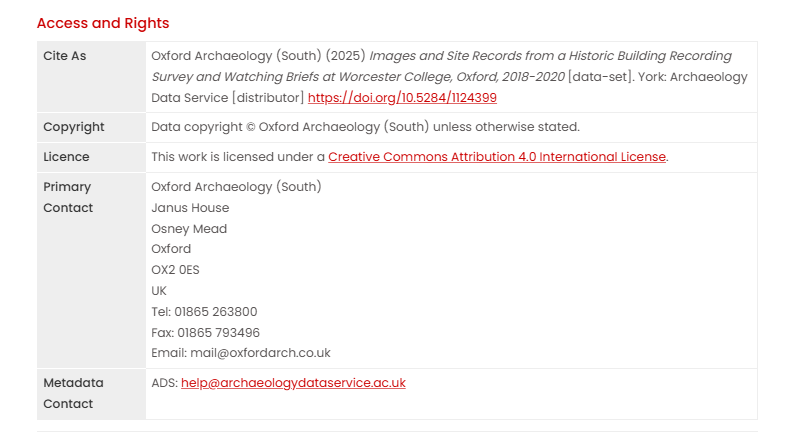
Whose data? Everyones!
The results of archaeology investigation and research serve many public benefits, from expanding our knowledge of the past and as a driver of social and cultural development. As such, and to ensure these benefits are felt as widely as possible, the knowledge that archaeologists produce should be available to all including those with a vested interest in understanding the deep history of different places.
The way that the ADS approaches sharing the data that we safeguard is one which is as open as possible, following our approach to Open Research. As such, all of the resources archived with the ADS are Open Access, and delivered through our website to facilitate reuse by the heritage sector and wider community. Creative Commons licenses, and similar open licences, are useful in this regard as they ensure the data is as open as possible, which in turn fosters collaboration, drives innovation and increases knowledge for all. As a data creator, by adopting this approach your work will reach a wide audience as possible and potentially be built upon by others, having a wider impact than the original investigation could have had by itself.
So what’s the answer to the question: “Whose archaeological data is it anyway?” For me, it’s data for as many people as we possibly can.


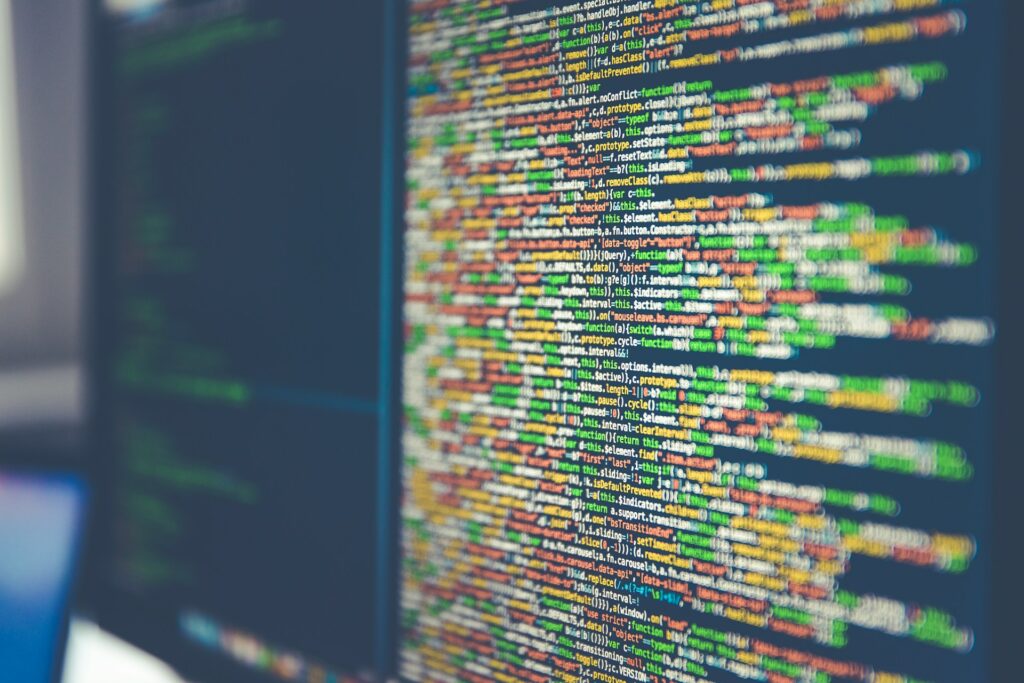
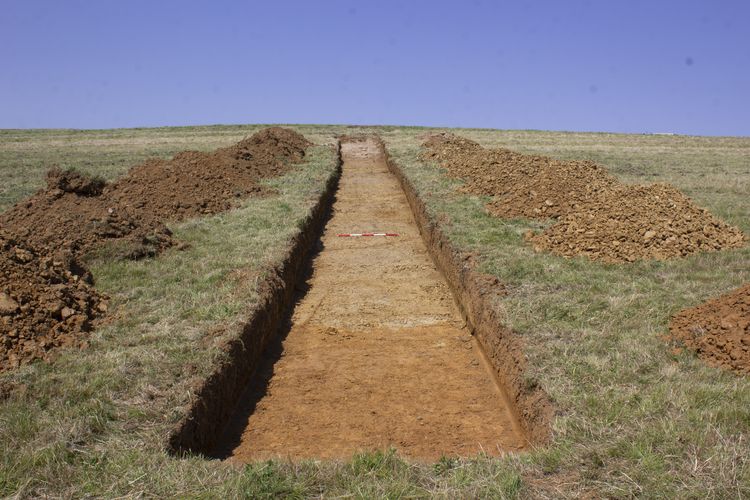
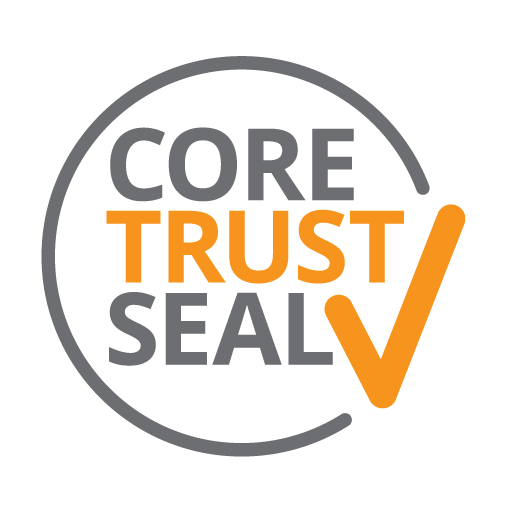
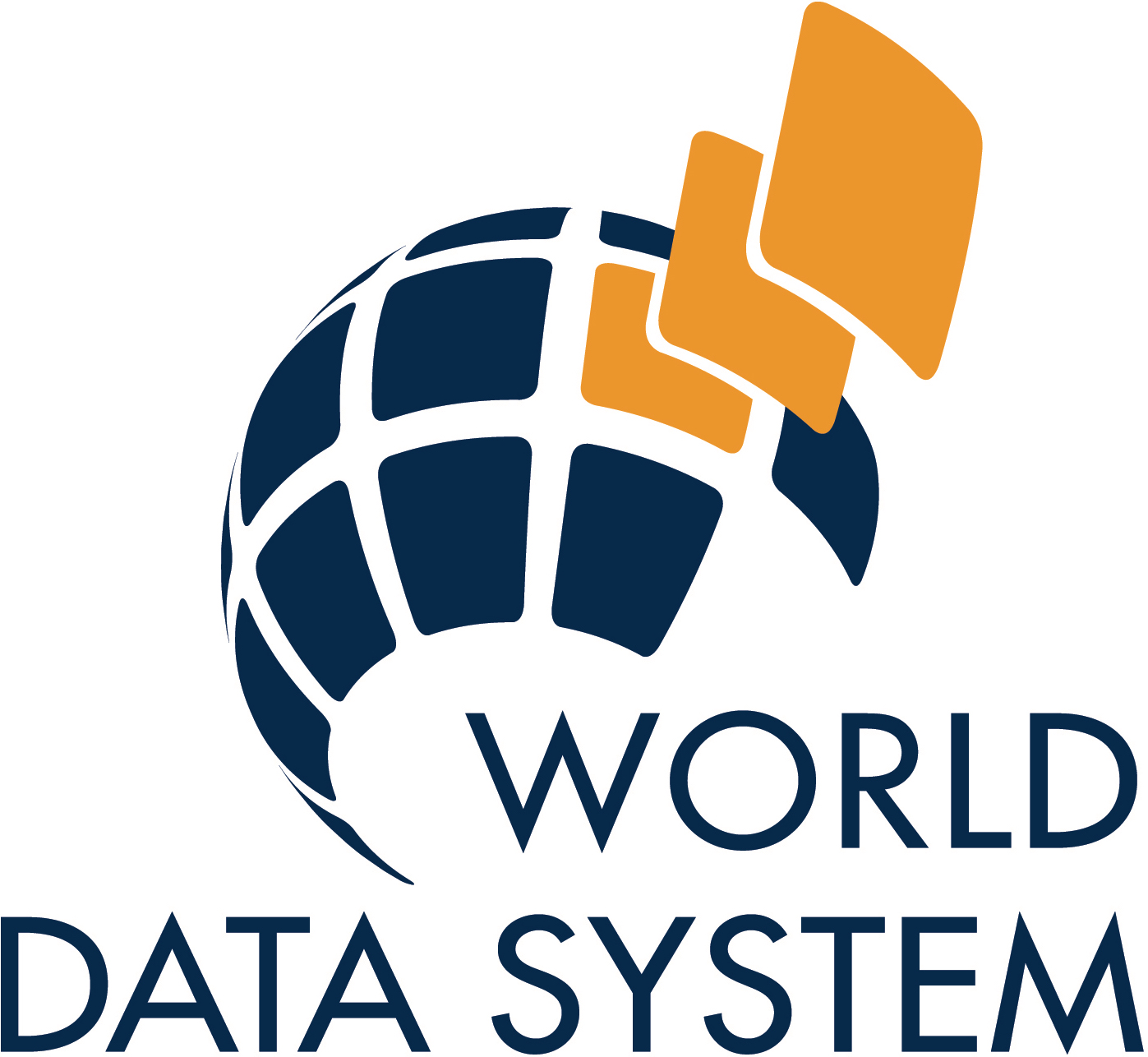
Hi
I enjoyed the article, Im a postgrad archivist and access to open data is extremely important for my assessments. I feel that previous paywall strategies, covid and restrictions on archival access have seriously impacted progress across the sector. I follow the ADS developments online as best I can.. The recent streamlining of the ingest of data is another interest area.